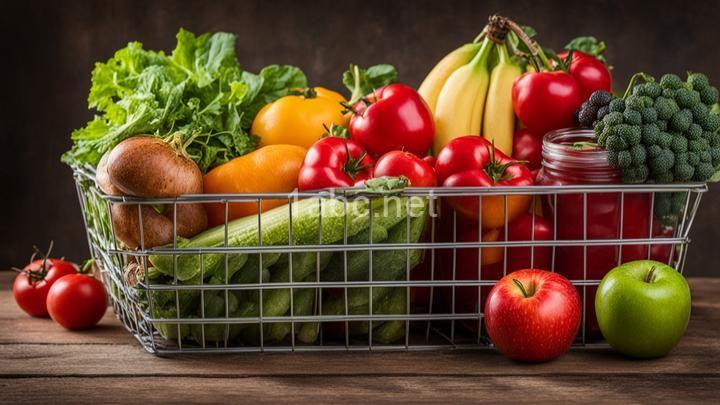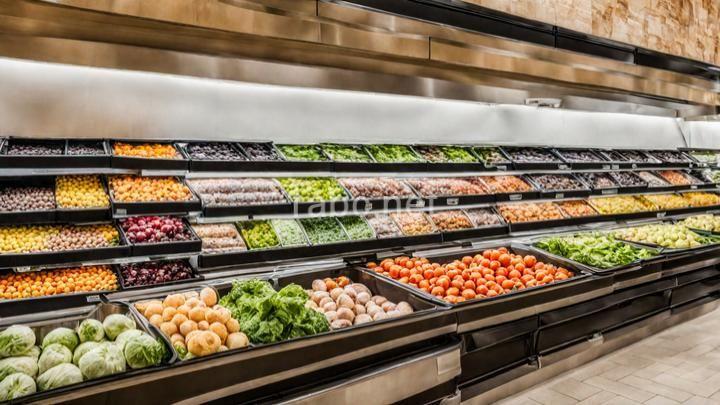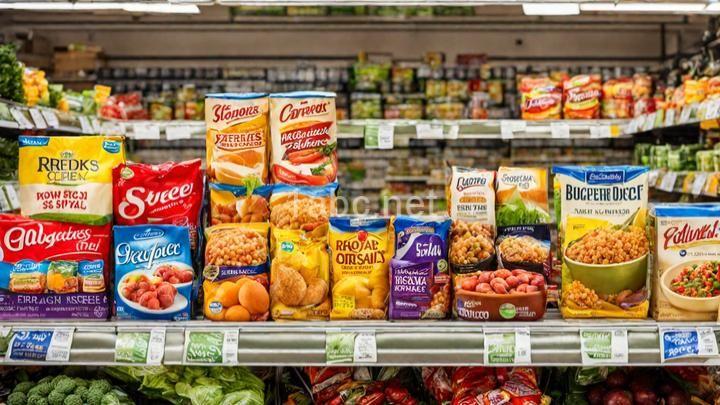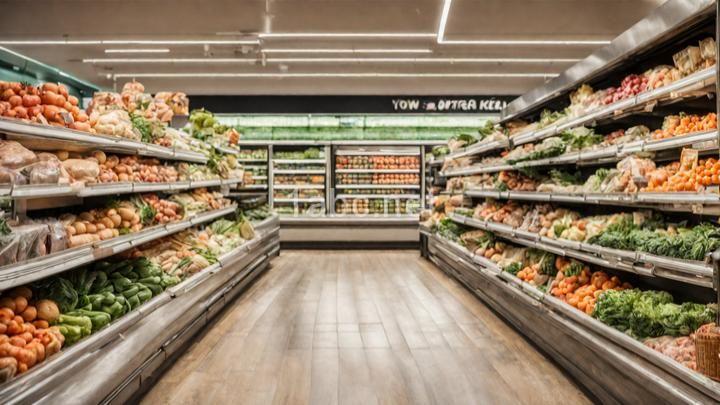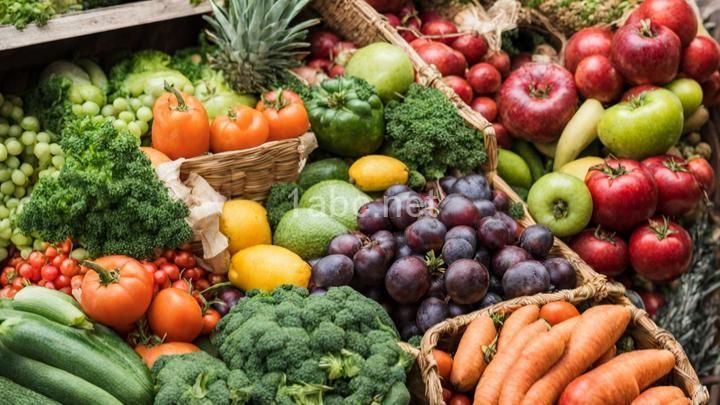Mastering the Art of Grocery Store Sales: A Guide to Saving Money on Food
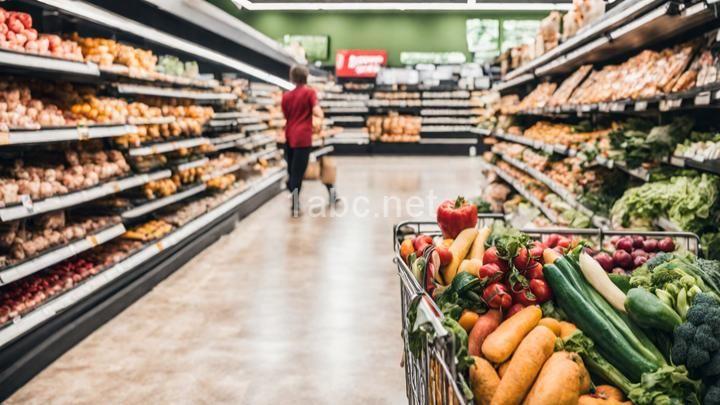
Introduction:
Welcome readers to this comprehensive guide on how to master the art of grocery store sales and save money on food. We are excited to share our knowledge and help you reduce your expenses while still enjoying delicious meals. In today's world, where the cost of living continues to rise, it is essential to find ways to save money, and what better way than by taking advantage of the various sales and promotions offered by grocery stores? By following the tips and strategies outlined in this guide, you can become a savvy shopper and maximize your savings on every trip to the store.
I. Understanding Grocery Store Sales:
To effectively save money on groceries, it is crucial to understand how grocery store sales work. Grocery store sales can come in various forms, such as discounts, promotions, or clearance sales. These sales are designed to attract customers and move inventory. By keeping an eye on these sales, you can take advantage of reduced prices and stock up on your favorite items.
Staying updated with current sales is key to saving money. Many grocery stores have newsletters or social media accounts where they announce their weekly or monthly sales. Subscribing to these newsletters or following these social media accounts can help you stay informed about the latest discounts and promotions.
II. Planning Your Shopping Strategy:
Creating a shopping strategy is essential for optimizing your grocery store savings. Meal planning is a crucial aspect of this strategy. By planning your meals in advance, you can ensure that you only purchase the necessary ingredients. Additionally, you can plan your meals around what is on sale, allowing you to save money while still enjoying delicious and nutritious meals.
Technology can be your best friend when it comes to planning your shopping strategy. There are numerous online resources and mobile apps available that offer digital coupons, price comparison features, and even recipe suggestions based on the items on sale. Take advantage of these tools to make your shopping experience more efficient and cost-effective.
III. Maximizing Savings Through Smart Shopping Techniques:
A. Budget-Friendly Tips:
Setting a budget for your grocery expenses is crucial. It allows you to have control over your spending and ensures that you don't overspend on unnecessary items. Create a realistic budget based on your income and stick to it. By doing so, you will reduce the risk of impulse purchases and save money in the long run.
B. Price Comparison Strategies:
Comparing prices between different brands or stores is a smart way to ensure you are getting the best deals. Pay attention to unit prices, as they can help you determine which product offers the best value for money. Sometimes, the larger package may seem more expensive, but the unit price reveals that it is a better deal in the long run.
C. Bulk Buying Benefits:
Buying in bulk can significantly reduce your grocery expenses, especially for non-perishable items and household essentials. Many grocery stores offer discounts or bulk pricing for items purchased in larger quantities. However, be mindful of your storage capacity and only buy what you can consume before it expires. Proper storage methods, such as using airtight containers or freezing excess food, can help prevent waste and maximize the benefits of bulk buying.
D. Loyalty Programs and Rewards:
Take advantage of loyalty programs offered by grocery stores. These programs often offer additional savings, exclusive deals, or even cashback rewards. Sign up for these programs and make sure to use your loyalty card or provide your phone number at the checkout to earn rewards. Over time, these rewards can add up to significant savings.
IV. Additional Money-Saving Tips:
While grocery stores are the conventional option for shopping, considering alternative options can also help save money. Local farmer's markets or co-ops often offer fresh produce at lower prices. Additionally, purchasing directly from farmers supports local businesses and promotes sustainable agriculture.
Reducing food waste is another essential aspect of saving money on groceries. Learn proper storage techniques to extend the shelf life of your perishable items and consider meal prepping to utilize leftovers effectively. By reducing food waste, you not only save money but also contribute to a more sustainable future.
Lastly, consider using reusable bags when you go grocery shopping. Many grocery stores offer incentives for bringing your own bags, such as discounts or rewards points. By using reusable bags, you not only save money but also reduce your environmental impact by reducing plastic waste.
Conclusion:
Mastering the art of grocery store sales is a valuable skill for anyone looking to save money on food expenses. By understanding how grocery store sales work and following the tips and strategies outlined in this guide, you can become a savvy shopper and maximize your savings. From planning your shopping strategy and comparing prices to taking advantage of loyalty programs and exploring alternative shopping options, there are numerous ways to save money on groceries. Put your newfound knowledge into practice and start saving money on your next grocery trip. We invite you to share your own money-saving tips or success stories in the comments section below. Happy grocery shopping!
FREQUENTLY ASKED QUESTIONS
What is Mastering the Art of Grocery Store Sales: A Guide to Saving Money on Food?
"Mastering the Art of Grocery Store Sales: A Guide to Saving Money on Food" is a comprehensive guide that provides tips and strategies to help you save money while shopping for groceries. This guide aims to teach you how to take advantage of sales, discounts, and coupons to maximize your savings. It covers various topics such as meal planning, understanding pricing strategies, utilizing loyalty programs, and making smart purchasing decisions. By following the advice given in this guide, you can learn to be a savvy shopper and reduce your grocery expenses.
Who is the target audience for this guide?
The target audience for this guide is anyone seeking assistance or information on various topics.
Is this guide suitable for beginners in grocery shopping?
Yes, this guide is suitable for beginners in grocery shopping. It provides step-by-step instructions and tips to help you navigate the grocery store, create a shopping list, understand food labels, and make healthier choices. It also offers advice on budgeting and meal planning. Whether you are new to grocery shopping or looking to improve your skills, this guide will provide useful information to help you become more confident and efficient in your shopping trips.
